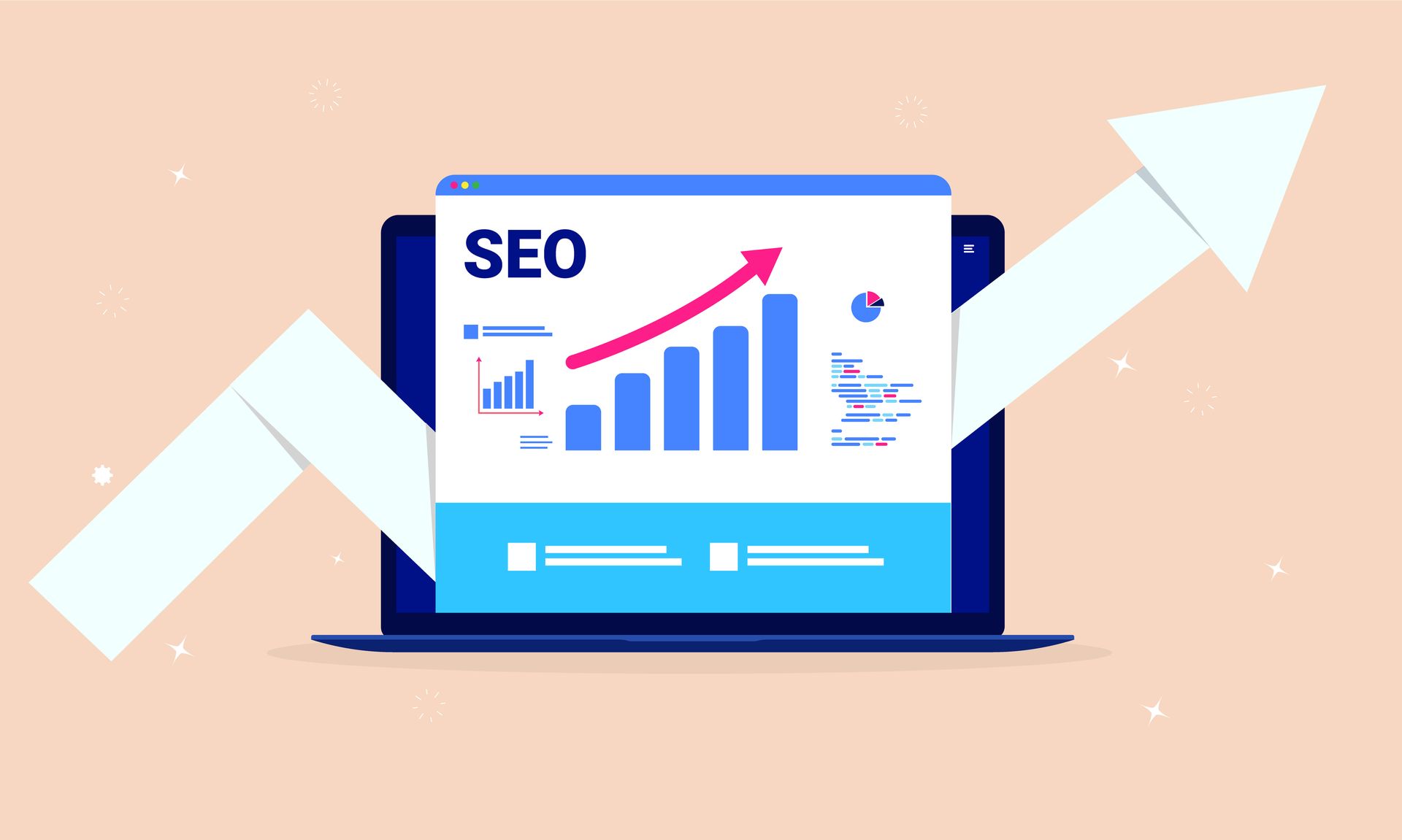How You Can Make Your Website More Accessible

Accessibility, usability, and inclusion are goals that we all have when it comes to creating a product, service, or experience. Without these three key components, many people will be left out. This is especially true in the online world, including websites, social media platforms, and so much more.
According to the CDC,
1 in 4 adults in the United States lives with a disability. This includes mobility, cognition, hearing, vision, and more. That means you can estimate that about every fourth person visiting your website may struggle to navigate or use it. If you went to a website that you couldn’t navigate or use easily, you’d leave very quickly, right?
Not only will making your website more accessible to everyone allow you to gain more customers, but it'll also allow you to be more progressive than other businesses that may not think about accessibility. This will make current and potential customers think highly of your business, as they will value your inclusiveness.
Let’s jump into how you can make your website more accessible:
Check Your Website Accessibility
Before you start making changes to your website, it’s a good idea to check its current level of accessibility. There are many free websites where you can check your website’s accessibility.
Here’s a free one you can use:
https://wave.webaim.org/
Not only will this give you a starting point, but many of these free checks will give you suggestions on how you can improve your website, as well as what specifics need to be done to make it more accessible.
The Importance of Alt Text
Adding alt text to your images isn’t just for SEO purposes, but also for those using screen readers and refreshable braille displays. Those who are blind or have low vision rely on these tools to help read or listen to text online. Since we can only see images, adding alt text to images allows these tools to be able to “read” them, aka describe them. It’s very important to add alt text to all images on your website, as well as make sure they’re described accurately for those who cannot see them.
Font Size
For those who have low or poor vision, they can’t read very small text on a screen or their phone. You’ll want to make sure that all the text on your website is in a big enough font size for everyone to be able to read. Make sure to also check your tablet and mobile version of your website to see if the font size is big enough on there too. Too often do we see mobile versions of websites with tiny font.
Keep in mind that text on buttons and the buttons themself should also be big enough for everyone to read and see. There’s nothing more frustrating than not being able to find the button you want to click or having problems with navigating the website because the links are tiny!
Descriptive URLs
Although having short URLs is nice in theory, it’s best to make your website URLs descriptive so that those using screen readers and other tools can easily understand where they’re going. Having meaningful and descriptive URLs gives better context to the content they’re looking for or trying to go to.
For example, you may put /about for your business’ about page. It would be best to be a bit more descriptive and put /about-our-business so that it gives more context to what the page is.
Color Choice is Key
The choice of colors on your website can cause big problems for those with low color contrast sensitivity. People with conditions like glaucoma, cataracts, myopia, age-related macular degeneration, or color blindness can have a hard time reading your website if they aren’t contrasted properly.
It’s important to have high contrast on your website between the background and text. The most common example of high contrast is white text on a black background. You should
avoid using color combinations like red and green, as they can be hard to read, especially for people who are color blind.
Make Forms Easy to Use
Website forms can be difficult for some people to use based on how they are set up. You’ll want to make sure your form is readable, has clear labels, and is easy to navigate. It’s best to also include a short description or instructions for the form so that everyone can understand what the form is for and what needs to be filled out. It may also be helpful to include placeholders in the form, just make sure the placeholders are readable.
Making websites more accessible is a win for everyone! If you’re looking for more information about making your website more accessible and why you should, head over to the
Web Accessibility Initiative’s Introduction to Web Accessibility
to learn more.
Share this blog!




